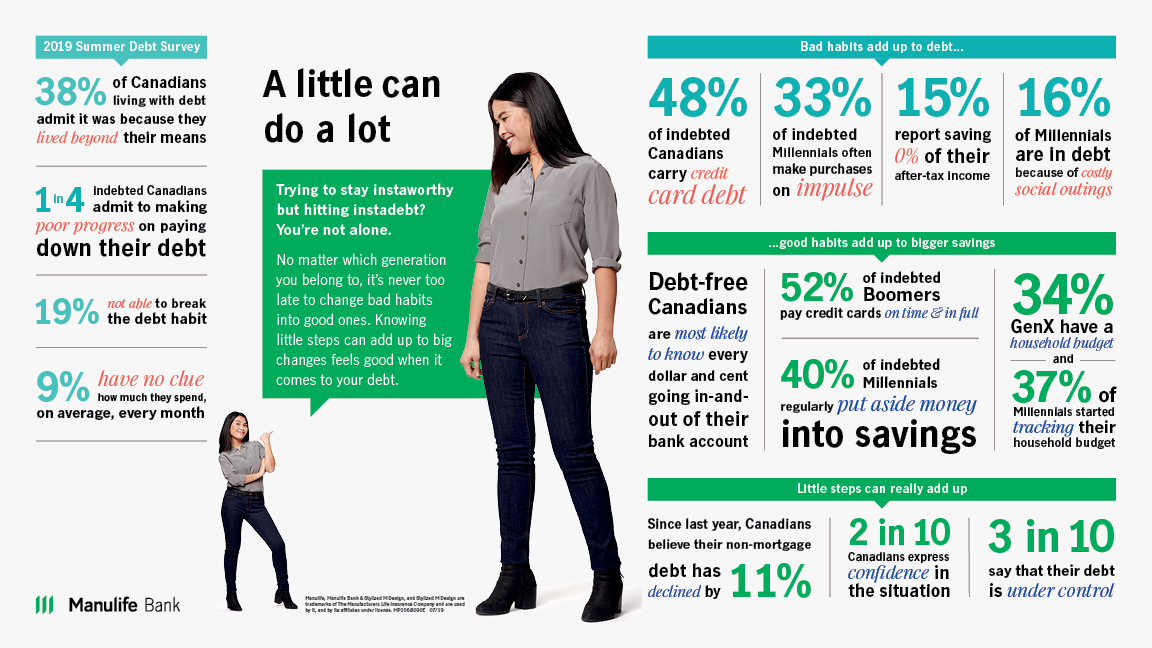(Sponsor Content)
The task of retirement income planning can be overwhelming for Canadians as they get closer to leaving the workforce. Making the right decisions can be difficult with all the possible sources of income they might have, including Old Age Security (OAS) and Canada Pension Plan (CPP), and of course, Canada’s complex tax codes don’t make it any easier. People need help.
Cascades is a Canadian retirement income calculator that takes the difficulty out of retirement income planning. In many cases it saves retirees hundreds of thousands of dollars in income tax, while showing a year-over-year road map guiding them through retirement. Who wouldn’t want to save money? But in some cases, like the one highlighted below, it’s not about extra tax savings: it’s about having enough money to last your entire retirement.
Bob and Ann’s story is based on a real-life case we came across last week, and it’s a great example of why proper retirement income planning is so important.
Meet retiree Bob, 65, and Ann, 56, still working
Bob is currently 65 and has been retired for 2 years. He was self-employed as a cabinet maker and still has his shop at home where he works part time bringing in $12,000 annually. Because he was self- employed, Bob has no defined benefit or defined contribution pensions. He currently holds about $250,000 in his RRSP, $15,500 in his TFSA, and $50,000 in a non-registered account. Bob receives close to max CPP at $12,600 and $7,248 from OAS.
Ann is originally from the United States and met Bob while he was vacationing in Florida. She is currently 56 and plans on retiring at 63 from her job as a logistics coordinator for an auto parts manufacturer. Ann brings in $57,500 annually and has a defined contribution pension currently worth about $140,000. Ann has no other savings apart from her defined contribution pension, but will receive $4,800 in CPP that she plans to start receiving as soon as she retires at 63. Because Ann hasn’t been in Canada for 40 years since the age of 18, she will only receive $3,500 annually from OAS.








